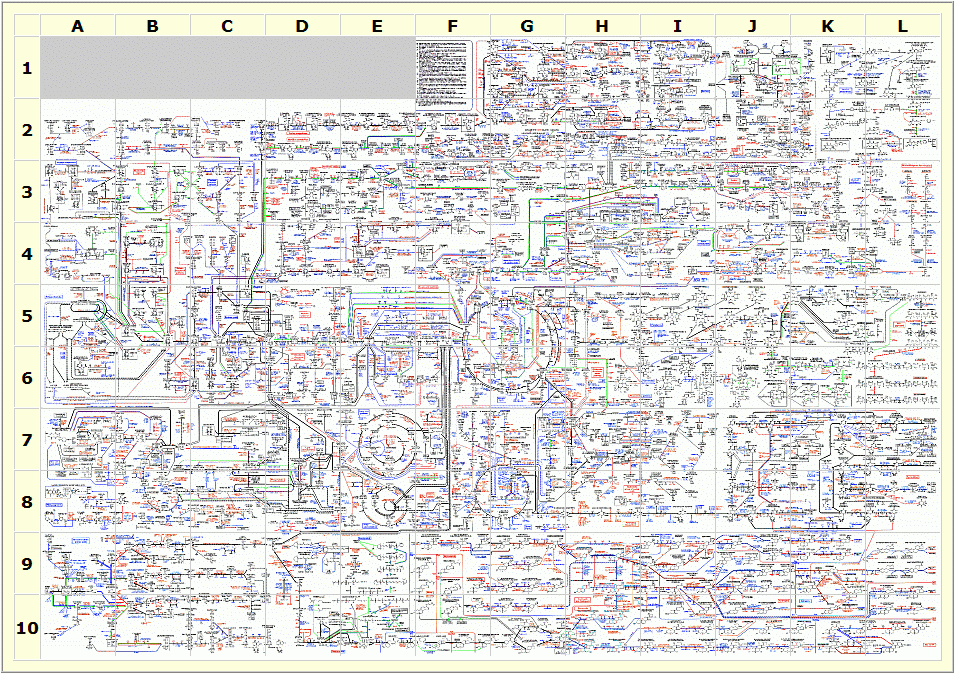Once, living things were thought to be driven by a mystical life force. Now we know that life is actually a complex set of chemical reactions. If only we could identify and measure all of the chemical reactions that occur in a living organism, could we gain greater insights into disease and health, agriculture and the environment?
This is exactly what the science of metabolomics sets out to achieve. Scientists are now developing increasingly sophisticated tools that allow us to identify and measure the many different chemicals present in our bodies. Each of these chemicals, or metabolites, tells us something about the chemical processes that are going on inside our bodies. Some metabolites are important for generating energy, others are waste materials that need to be detoxified and excreted, some are derived from the food we eat and the water we drink, while still others act as hormones, coordinating other chemical processes to ensure homeostasis.
A map of metabolic pathways illustrating the incredible complex chemistry that occurs within our bodies. This map has been constructed by countless scientific experiments studying individual chemical reactions over the last 100 years and then assembled into the map above. Modern bioinformatics attempts to identify and quantify the complex chemistry of living things on the same scale using modern instrumentation and mapped out in the space of months instead of decades. A more detailed view of this map can be viewed here.
To analyse the thousands of chemicals that exist inside our bodies requires a thorough understanding of biochemistry and access to sophisticated instruments that can measure all these different metabolites in a cost efficient manner. This information can be collected with instruments such as mass spectrometers and by NMR (nuclear magnetic resonance) spectrometers.
Once the chemical composition of a biological sample has been measured, the large amount of data collected is then analysed using computer programs that look for variations in chemical composition that are associated with different biological states or properties. For instance, Australian scientists have identified chemicals produced by the Malaria parasite can be detected in the breath of infected people, providing a simpler, more sensitive method of detecting Malarial infections even before the patient has become sick. This technology is now being applied to a wide range of different scientific problems.

